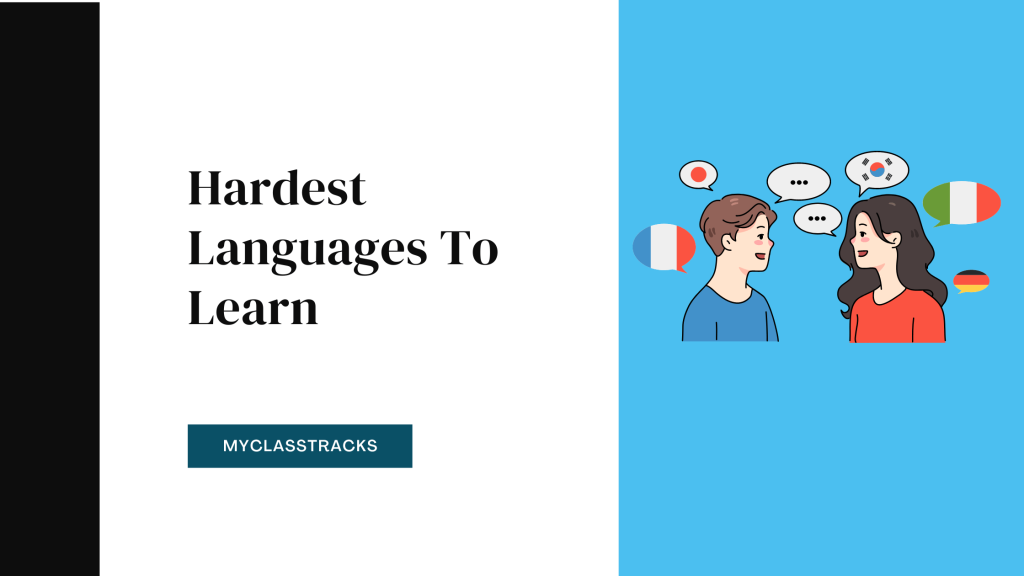Learning and exploring different languages are fun. With over 7,515+ languages in the world, have you ever wondered which are the hardest languages to learn?
To give you an answer to the most difficult language to learn, Hungarian ranks #1! But there are more that make it to the list of the top 10 hardest languages to learn in 2023!
Let’s check out all the languages that are statistically ranked as being too difficult to learn.
With that, let’s dig into the article now!
Top 10 Hardest Languages To Learn (2024)
Here are the world’s top 10 difficult languages to learn!
| Sr No | Hardest Languages To Learn | Number of Speakers |
| 1. | Hungarian | 17 million |
| 2. | Arabic | 313 million |
| 3. | Mandarin | 1.3 billion |
| 4. | Hindi | 615 million |
| 5. | Greek | 13.5 million |
| 6. | Polish | 50 million |
| 7. | Japanese | 128 million |
| 8. | Persian | 110 million |
| 9. | Finnish | 5.4 million |
| 10. | Korean | 82 million |
We have also mentioned more languages that round up to the 20 hardest languages to learn in the world. Let’s dive into the complete list below!
1. Hungarian:
| Number of speakers | 17 million |
| Origin Country | Hungary |
Hungarian is part of the 24 official languages of the European Union. It is spoken by the people of Hungary and neighboring countries like Austria, Poland, Romania, Ukraine, Serbia, etc.
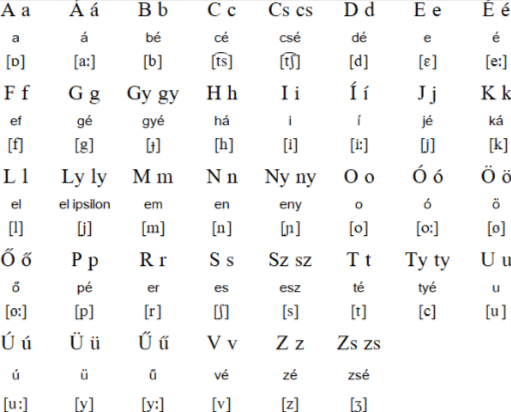
It is popularly called Hungarian due to its origin in Hungary; however, its original name is Magyar, which was first written in 1196 and belonged to the Uralic family members. Hungarian is one of the hardest languages in the world due to its various complex rules.
The Hungarian language has nine more vowels than the English vowels, including the basic vowels “a, e, I, o, u” and further nine, including “á, é, í, ó, ő, ö, ú, ű, ü.”
2. Arabic:
| Number of speakers | 274 million |
| Origin Country | Countries in the Arab peninsula |
The Arabic language is spoken by people all across the southern part of the Middle East and the Arabian peninsula. It is one of the most difficult languages to learn due to its complex grammar and reading rule from left to right.
The Arabic language is from the Semitic language family. It was introduced in the mid-ninth century BCE. It is largely spoken in the Arab regions of the world around the Middle East, with the majority of people belonging to the religion Islam.
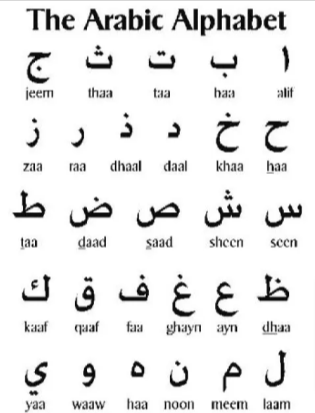
The holy book of Islam, called the Quran, is written in Arabic. Furthermore, Arabic is a vast language spoken in different ways, including Modern Standard Arabic, Gulf Arabic, Egyptian Arabic, etc.
Hence, it becomes difficult for non-Arabic speakers to learn Arabic; however, the spread of this language in the Western regions makes it a worthwhile language to learn for the future.
3. Mandarin:
| Number of speakers | 1.3 billion |
| Origin Country | China |

Mandarin, a language spoken in the northern and southwestern regions of China, is counted as the most difficult language in the world to learn. Speaking Mandarin is as difficult as writing Mandarin due to its complex grammar and writing system.
Mandarin Chinese is popularly known as Northern Chinese. The meaning of the words said in the Mandarin language changes with the change in tone. Mandarin Chinese has four tones: level, rising, falling, and high rising. Hence, it’s a tonal language, making it even harder for non-mandarin speakers to learn it.
4. Hindi:
| Number of speakers | 602.2 million |
| Origin Country | India |
Hindi is widely spoken in the Eastern, Western, Northern, and Southern parts of India and neighboring countries Pakistan, Bhutan, etc. Hindi and English are the two official languages spoken in India. It is written under the Devanagari script and is known to be one of the most challenging languages in the world to learn due to its complex grammar.
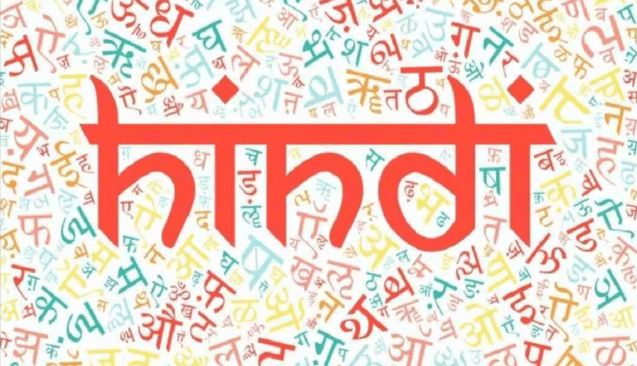
However, the number of people speaking Hindi is no less in the world. Hindi is the fourth most spoken language in the world after Mandarin, English, and Spanish. Furthermore, Hindi literature was introduced in the 12th to 13th century CE. Hindi is the descendant of the early form of Vedic Sanskrit.
5. Greek:
| Number of speakers | 13.5 million |
| Origin Country | Greece |

Greek is one of the oldest languages in the world, with the longest history of the Indo-European language; the earliest written Greek documents are Mycenaean documents. It is spoken mainly in Greece. Ancient Greek distinguishes it from modern Greek.
It is a challenging language to learn for English natives due to its different vocabulary. For instance, “Me” in Greek is “emé”, and “horse” in Greek is “híppos.” The Greek language is related to Armenian and has been spoken in the southern Balkan. Greek is the most challenging yet great language to learn due to its long history.
6. Polish:
| Number of speakers | 50 million |
| Origin Country | Poland |
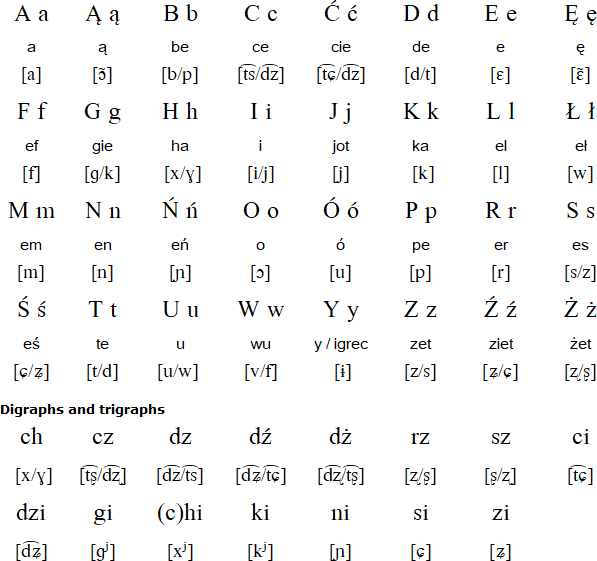
Polish, the West Slavic language written in Latin script, is the language spoken primarily by Pole people living in Poland. Poland’s official language ranks as the sixth most spoken language in the European Union. Polish is closely related to Czech and Slovak.
However, the pronunciation of these languages differs. It is influenced by Latin, French, Italian, etc.
It came from the Indo-European language family and emerged as a distinct language during the 10th century. The earliest Polish written documents include the book of Henryków. Learning Polish became profitable after the spread of the Polish language to Canada, the UK, Australia, Israel, the USA, etc., after World War 2.
7. Japanese:
| Number of speakers | 128 million |
| Origin Country | Japan |
Japanese, the national language of Japan, belongs to the Japanese-Ryukyuan or Japonic language family. Japanese was found in Chinese documents during the 3rd century AD. However, only a few words (not belonging to the substantial old Japanese) were in the Chinese documents. The modern Japanese language differs from the old Japanese. The complex rules of the Japanese language make it one of the most challenging languages to learn.
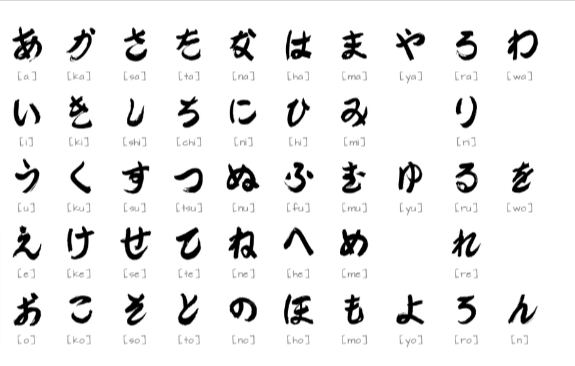
Japanese sentence structure differs from the Indo-European language due to its rule of placing the verb at the end of the sentence. The correct order of writing Japanese is writing the subject-object first and then ending it with the verb.
The comprehensive grammar for expressing politeness and formality in Japanese and its nouns having no grammatical number or gender make it a difficult yet interesting language to learn.
8. Persian:
| Number of speakers | 110 million+ |
| Origin Country | Iran |

Persian, the official language of Iran, Afghanistan, Tajikistan, Dagestan, and Russia, is one the most difficult languages in the world to learn. It comes from the Indo-Iranian subdivision of the Iranian branch. Persian is popularly known as Farsi; modern Persian has no grammatical gender.
The masculine and feminine subjects are used with the same pronouns; hence, it becomes difficult for the non-Persian natives to understand the language. New Persian is also said to have influenced the Arabic vocabulary in Turkic, Indic, and Iranian languages.
9. Finnish:
| Number of speakers | 5.4 million |
| Origin Country | Finland |
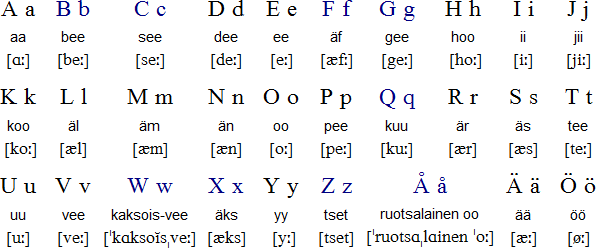
Finnish, a language spoken largely across Finland, is a member of the Uralic language family derived from proto-Uralic spoken in the 8000 and 2000 BCE. The oldest script written in Finnish was found in the 1200s in Novgorod (now Russia). It does not appear the same as modern Finnish, which makes it evident how modern Finnish differs from early Finnish.
The history of the Finnish language includes the book “Seven Brothers” written by Aleksis Kivi, which made its mark by bringing the feeling of patriotism among the people and the independence of Finland.
Finnish proves to be one of the most challenging languages in the world. However, people learn this amazing language mostly because of the heavy metal music scenes.
10. Korean
| Number of speakers | 82 million |
| Origin Country | Korea |
With a rich history and culture, Korean is a really beautiful language with the most logical writing system in the world.
Each character in the Korean language represents the physical action that your speech organs perform to produce the sound. There are 24 characters in the Korean alphabet, of which 10 are vowels and 14 are consonants.
It is a challenging language for English speakers as it has many complicated pronunciations, grammar rules as well as complex sentence structures.
However, despite being the hardest language, it provides access to modern culture to captivate people worldwide.
11. Russian
| Number of speakers | 258 million |
| Origin Country | Russia, other areas of the former Soviet Union |
With over 258 million speakers, the Russian language has immense geopolitical influence and high literacy tradition.
Russian grammar is very complex, with many rules and exceptions. For example, Russian has six noun cases, which can be difficult for English speakers to master.
It has a number of sounds that do not exist in English, such as the soft sounds of consonants and the palatalization of consonants.
Plus, stress in Russian words is unpredictable and not marked in writing. You need to memorize the stress pattern of each word. However, it is a Cyrillic alphabet that is very different from the Latin alphabet used in English. This makes it harder for English speakers.
12. Turkish
| Number of speakers | 88 million |
| Origin Country | Turkey |
Turkish is an agglutinative language. The words are formed by adding prefixes and suffixes to a root word. This can lead to very long words, making it difficult for learners to keep track of all the different affixes.
It has a complex vowel harmony system. Turkish has eight vowels, each with a rounded and an unrounded counterpart. Words can only contain vowels from the same vowel harmony group, which can add another layer of complexity to learning vocabulary.
Moreover, it does not have grammatical gender and a complex verb conjugation system.
13. Vietnamese
| Number of speakers | 85.3 million |
| Origin Country | Vietnam |
Vietnamese is a tonal language, meaning that the pitch or tone of a word can change its meaning. It has six tones, and the use of diacritics further complicates the language.
It has a variety of vowel sounds. Plus, Vietnamese grammar is very different from English grammar. For example, Vietnamese does not have verb tenses or plurals. Instead, it uses a system of particles to indicate the meaning of a sentence.
Moreover, English speakers struggle to build their vocabulary, develop fluency, and overcome cultural barriers.
14. Hebrew
| Number of speakers | 9 million |
| Origin Country | Israel |
Hebrew is the Semitic language, which is completely different from English. It is the official language of Israel and is spoken by Jewish communities worldwide.
The Hebrew alphabet is made up of 22 consonants. Also, there are no vowels written in words. Instead, diacritics indicate vowels, which are small marks placed above or below the consonants.
Besides that, it has a complex grammar setup and vocabulary system compared to English.
This can make it difficult for English speakers to learn to read and write Hebrew, as they must learn to recognize the consonants and diacritics and then remember how to pronounce them.
15. Cantonese
| Number of speakers | 85.5 million |
| Origin Country | China |
Cantonese is a language within the Chinese (Sinitic) branch of the Sino-Tibetan languages, originating from the city of Guangzhou.
It is a tonal language with six phonetic tones, two more than the four in Standard Chinese Mandarin. This makes Cantonese, in general, harder to master due to the required ability of users to readily process two additional phonetic tones
16. Thai
| Number of speakers | 1.1 million |
| Origin Country | Thailand |
The Thai language, also known as Central Thai or Siamese, is Thailand’s national and official language.
It is a Tai language belonging to the Kra-Dai language family and is spoken by the Central Thai people and the vast majority of Thai Chinese.
Thai includes five tones, mid, low, falling, high, and rising, distinguishing between otherwise identical words.
It is also an analytic language, meaning it relies on word order and context rather than inflection to convey meaning. Due to this complex wording system, English speakers may find it hard to learn Thai.
17. Czech
| Number of speakers | 10 million |
| Origin Country | Czech Republic |
Czech has a complex grammar system, including seven cases for nouns, pronouns, and adjectives. This is more than the four cases found in German, which is already considered difficult for English speakers.
It is a Slavic language with unique rules and structures that require a lot of memorization.
18. Tagalog
| Number of speakers | 47.3 million |
| Origin Country | Philippines |
Tagalog is the national language of the Philippines and is spoken by more than half of the country’s population.
It has major grammatical differences, especially in verb-pronoun relationships, compared to other European languages and English.
Additionally, Tagalog sentences often begin with the verb, which is different from the subject-verb-object structure in English.
Moreover, it also has a significant number of words that don’t have direct English translations, which is a barrier for English speakers.
19. Serbian
| Number of speakers | 7.3 million |
| Origin Country | Serbia |
Serbian people use two alphabets, Cyrillic and Latin, with both being the official alphabet system.
While the Latin alphabet may be easier for beginners, learning Cyrillic is essential for a deeper understanding of the language and culture.
It also has a different approach to expressing the subject of a sentence. For instance, the phrase “Boli me glava” translates to “My head hurts,” but the literal translation is “Hurts me head.” This difference in word order can be confusing for English speakers.
20. Icelandic
| Number of speakers | 314,000 |
| Origin Country | Iceland |
Icelandic language is a North Germanic language spoken by around 314,000 people around the globe (mostly in Iceland).
It is one of the world’s most conservative languages, meaning it has changed very little over time.
Moreover, it is a highly inflected language, meaning that the endings of words change depending on their role in the sentence. Icelandic has four noun cases, which include nominative, accusative, dative, and genitive. There are also three genders: masculine, feminine, and neuter.
Another challenging aspect of Icelandic is its pronunciation. Icelandic has eight vowels and eighteen consonants, many of which are pronounced differently than in English.
My Verdict:
Now that we have come to the end of the article, you probably know the top 10 hardest languages in the world! Conversely, we have listed the list of the easiest languages in the world, too, so you can decide which language you want to pick for learning.
Of course, the languages mentioned above are difficult to learn, especially if you are a native English speaker. However, with dedication and the right approach, you can make it easier for yourself! You can check out our guide on the best language learning methods.
Similarly, you can pick the right language-learning apps that will help you make your learning smoother. Explore some of our top apps for language learning!
FAQs
Mandarin Chinese is the hardest language in the world to learn.
Languages, including Afrikaans, French, Dutch, Norwegian, etc., are the easiest to learn.
Frisian is the closest language to English, which is spoken by a small population in Germany.
Languages like Mandarin, Hindi, German, Spanish, French, etc., help find more job opportunities. Hence, they are the most profitable languages to learn.

